February 26, 2015
![Anatomy of a Super Boutique [Part 2]](https://impactdigital.com/wp-content/uploads/2015/02/ANATOMY_IMAGEHEADER-745x502.jpg)
In Episode 2 of ‘Anatomy of a Super Boutique‘ we’re focusing on production. We wanted to learn the specifics of how high-end visuals are produced. We spoke to Account Director, Katie Ryan; Producer, Melinda Gananian; and Director of Production, Ashley Mehall to learn about their process and tricks of the trade.
Can you describe your role as Account Director for us?
I’m the starting point of contact between our clients and our team. So that means that I manage deadlines, budgets, client expectations, and internal and external communication. I maintain an open line of communication with clients to keep them updated on the status and progress of a project, so we stay on the same page and achieve our end goal. 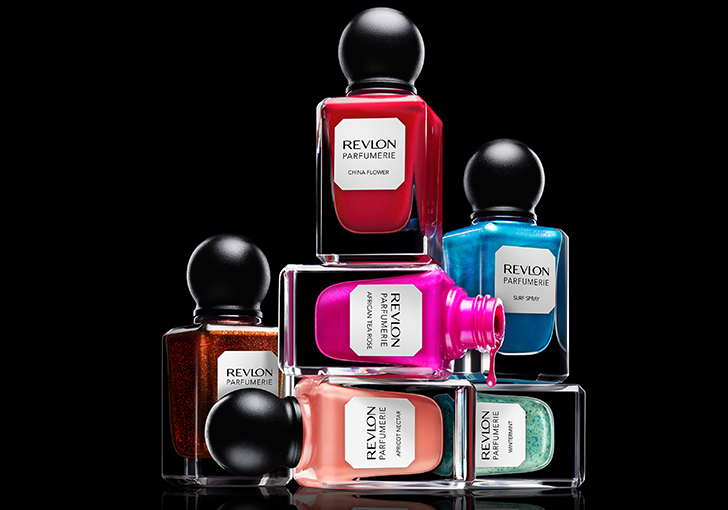 I also work closely with production to ensure that they have all of the details that they need, that they’re managing their time properly and that the client’s vision is understood. The team approach is powerful and designed to achieve beautiful, accurate work on time and on budget.
I also work closely with production to ensure that they have all of the details that they need, that they’re managing their time properly and that the client’s vision is understood. The team approach is powerful and designed to achieve beautiful, accurate work on time and on budget.
How do you manage projects?
Our process is extremely thorough and preparation is key at the beginning of each job. We start with a detailed kick-off call with our clients to get the clearest possible creative direction. Then I work with the production team to assess how much time a project will take and which of our talent is best suited to the work—whether it’s beauty, editorial, still life, entertainment, etc. On all of our jobs, we partner an Account Manager and Production Manager to work with a retoucher, so a whole team is committed to each image that we produce. Each person has a unique perspective and supports the rest of the team. We all see different nuances, so unlike a lot of industries—the more cooks in the kitchen the better.
We also have an internal meeting at the beginning of a project, followed by internal rounds of review before we show the client the first round. This is really important. We are in the first round business. Our clients aren’t interested in taking 2, 3, 4 rounds to get the aesthetic. They don’t have time to waste and the expectation is that we’ll nail it in the beginning. When we present the first round we review with the client who makes their mark-ups. The 2nd or 3rd round should be finesse or minor details. I love it when a client can come to the studio in person so they can directly discuss and review with our team.
How do you ensure your workflow goes smoothly and on schedule?
Planning, planning, planning! We have a team of 15+ digital artists that are ready to take on new projects on any given day. Our processes are built around ease of use, efficiency, and scalability. Any job that comes in fits easily into our workflow and management systems, so we’re able to switch very quickly between images and clients, as well as make sure we’re always covered.
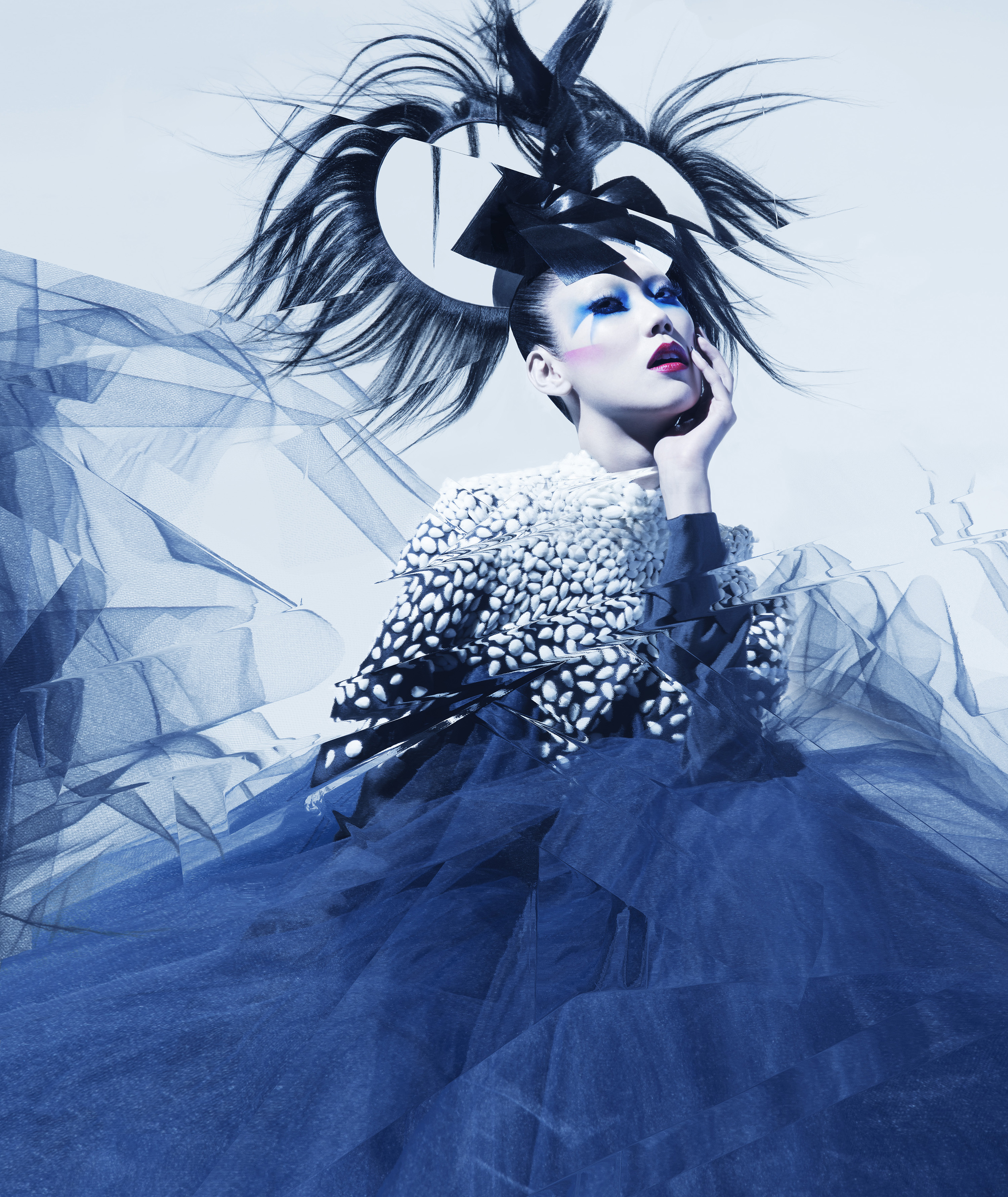 We also have a shift system in place with the team to stagger working hours, which has been integral in our ability to meet tight turnaround times. This has done wonders for our workflow as it prevents backlog, as well as creates a better work-life balance for the retouching team. We also handle any last-minute requests that may come in towards the end of the day because we always have experts on hand for consulting or to handle a client’s need.
We also have a shift system in place with the team to stagger working hours, which has been integral in our ability to meet tight turnaround times. This has done wonders for our workflow as it prevents backlog, as well as creates a better work-life balance for the retouching team. We also handle any last-minute requests that may come in towards the end of the day because we always have experts on hand for consulting or to handle a client’s need.
What do you mean when you refer to ‘scale-ability’?
Scale-ability is about adjusting to the volume of work that we have at any given time. We do our best to partner with our clients to be aware of upcoming production schedules and predict incoming work, as well as be able to accommodate radical increases in volume at any given time. We average about 500 visuals in-house at any given time, but we can get 200-300 unplanned images in a given week. For example, we just wrapped a project for a major cosmetics brand that involved constructing 2,400 product shots in CGI. At the same time, we’re working on several global brands’ marketing visuals and photographer-driven editorials that can include a dozen stories at a time. Our workflow and team is set up to handle all types of projects simultaneously. We’ve been doing it successfully for 24 years because we always make sure our clients get top service and perfect work. Our core team is diverse and multi-talented and we also have a reserve of top freelancers for peaks in production.
What is your secret sauce?
Well I can’t tell you all my secrets, but I would say organization. With high volume and high quality you have to be uber organized. There are dozens of emails and notes relating to each image and they can change on a dime. You have to find ways of organizing yourself and your teams for very efficient work. We always look for ways to use technology like globaledit and Shotgun to slash production time and cut out unnecessary steps and communication. Not only does that speed up turn around, but it allows our artists to focus on the creative.
Where do you fit into the retouching process as Producer?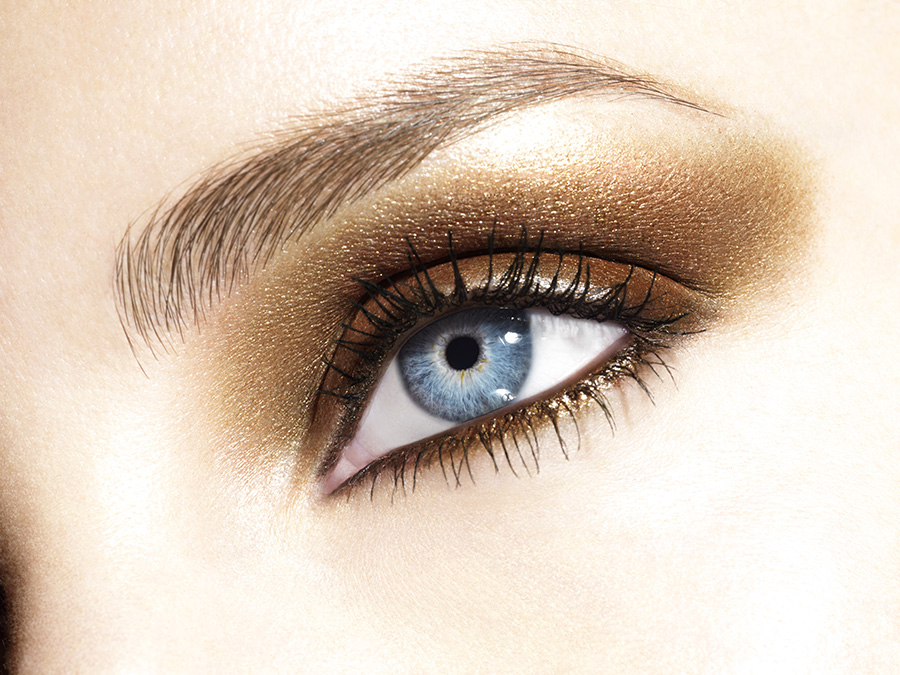
After the initial kick-off with a client, I’m their go-to as far as ensuring that their vision is executed properly. Part of my role is to be a translator between client and retoucher. For example, when a client gives direction they are not telling you how much cyan to add, or how to create a curve. They use a range of words, references or direction to describe the feeling they are looking for. We have to understand what they mean, not necessarily what they say. You have to know what words like ‘electric’, ‘fresh’, ‘crushed blacks’, or ‘creamy’ mean in terms of retouching direction. I love being able to guide the artistic vision of our retouchers in order to elevate an image in the most subtle way.
I also lead our team during our internal review process. Because we’re so collaborative, it’s always a learning experience. The level of attention to detail that so many experienced eyes bring to a project is unbelievable.
How do you manage to bring that level of quality when you’re dealing with such high volume?
Analyzing the best way to approach a project is key. You need to be able to stay a step ahead of every request and anticipate your clients’ needs. Tracking the workflow internally to be most efficient is also essential. Fundamentally you need to know how many hours in a day you have with respect to your deadlines. Being able to juggle your resources and talent is what makes for exceptional production.
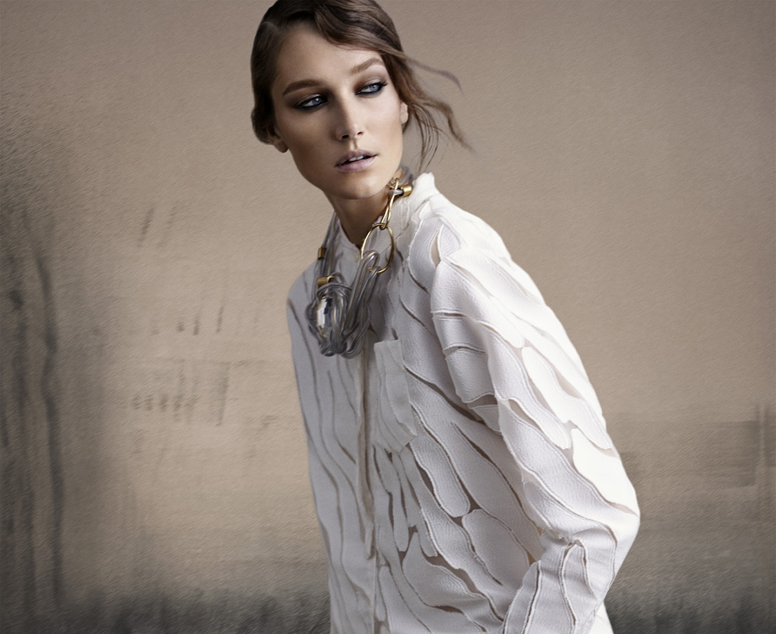 Is there a difference between how you approach editorial work versus advertising?
Is there a difference between how you approach editorial work versus advertising?
Absolutely. Editorial work is much more intimate. Usually we’re working one-on-one with a photographer and really honing in on his or her artistic vision. It’s typically more conceptual with huge opportunity for us as retouchers to take their photograph to the next level and get it ‘just so’. With advertising we’re more concerned with aligning the visuals with the brand. So our job is to ensure that the image and the brand’s messaging are cohesive.
Do you have an example of a recent project where you managed that?
We recently worked on an ad campaign with photographer Sølve Sundsbø for Giorgio Armani. Sølve’s work is so exquisite and nuanced that collaborating with him almost feels like editorial work even though it was a campaign. In that case we got the best of both worlds. It was definitely a fantastic project.
How do you translate a client’s vision in an instance where you’re negotiating ‘both worlds’?
Communication is at the core of artistic collaboration. It’s important to have a like-minded perspective and be able to ‘see’ through a client or photographer’s eyes—to align with their vision. That’s true for both clients and when working with my retouching team. If you don’t have the ability to translate visual concepts verbally you’ll face a lot of hurdles. It’s like being bilingual; you need to be able to speak artistically and technically.
From a technical perspective, what separates high-end retouching from the rest?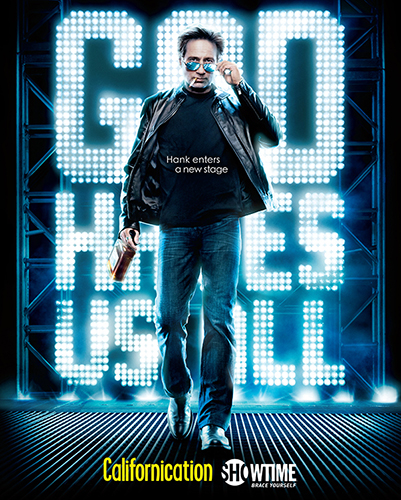
Taking the time to do things the right way, from file construction to aesthetics is imperative. I have a rigorous quality control process in place to ensure there are no photoshop errors or damaged or stretched pixels in the final product. This ensures that every aspect of the final file—technical specs, crops, and proofing—is sound at delivery.
As Director of Production, how do you ensure the highest quality of work?
The most important thing is starting with great talent and nurturing a collaborative culture. We all share ideas and techniques to try to find the best way to accomplish a project creatively and technically. Collaboration can’t be stressed enough. If each artist works in a bubble, it’s difficult to grow personally and together. When we all challenge and inform each other, the growth is exponential.
As Director of Production, I make sure all systems are running smoothly and we delegate projects to the best teams for the project and plan ahead and keep tight track of progress. I’m always making sure we’re using our resources efficiently so they can focus on doing their best work. Everything matters, like our equipment and infrastructure. For example, we run a 10Gb network to ultra-fast Isilon servers, so processes that used to take minutes now take seconds. Multiply that by thousands of processes a day and we save tons of time. The team loves that!
How do you vet potential talent?
We look for experience, passion and a sophisticated eye. We carefully examine an applicant’s portfolio to evaluate their artistic choices and style. They need to demonstrate that they have an understanding of proportions, perspectives, anatomy, photography, art direction, realism, and a great sense of color. When we test a potential retoucher, I include several challenges and observe how they tackle them – what choices they make. Technically I look at their file organization, retouching techniques, and image integrity. We are big on quality control, so no damaged pixels or layers that will fight with each other. Our goal is to create beautiful images, so we’re interested in keeping the integrity of the photograph while delivering on the technical requirements specified. While we usually consider senior retouchers, every now and then we find an amazing junior retoucher that we take on to develop.
Personally, what are your favorite types of projects?
I thrive on projects that are technically challenging. I love finding an elegant solution to make a file as clean as possible, despite how complex it may be. The more you can do with Photoshop, the bigger and more complicated files can become. And today more clients are asking for layered files, and there are so many more deliverable formats including print, video screens, web, social and mobile. We spend a lot of time honing our process and layers. With everyone on the same page with our layer standards, anyone can pick up a file and know exactly what was done and where to pick up. Photoshop layers are like a language. You need to know how to read layers quickly to be productive.
The cool thing about high-end retouching is that every image is different and has its own creative challenges. There’s a zen quality to always trying to create that perfect image. Our clients give us the opportunity to work on the most amazing visuals. It’s a true gift.
The challenge keeps me excited and passionate about our capabilities. And generally work that inspires our team—that’s where we truly collaborate and bring the best out of each other. When you get to work with people that still have that fire—in-the-belly motivation about the tiniest detail of an image—that’s extremely fulfilling.
Read the series ‘Anatomy of a Super Boutique’: Part 1 – Part 3
Photo Credits (from top to bottom-left):
– Trent McGinn
– Revlon
– Maurizio Bavutti
– Kanji Ishii & Greg Delves | Sephora
– Sølve Sundsbø | Giorgio Armani
– Showtime
– CoverGirl